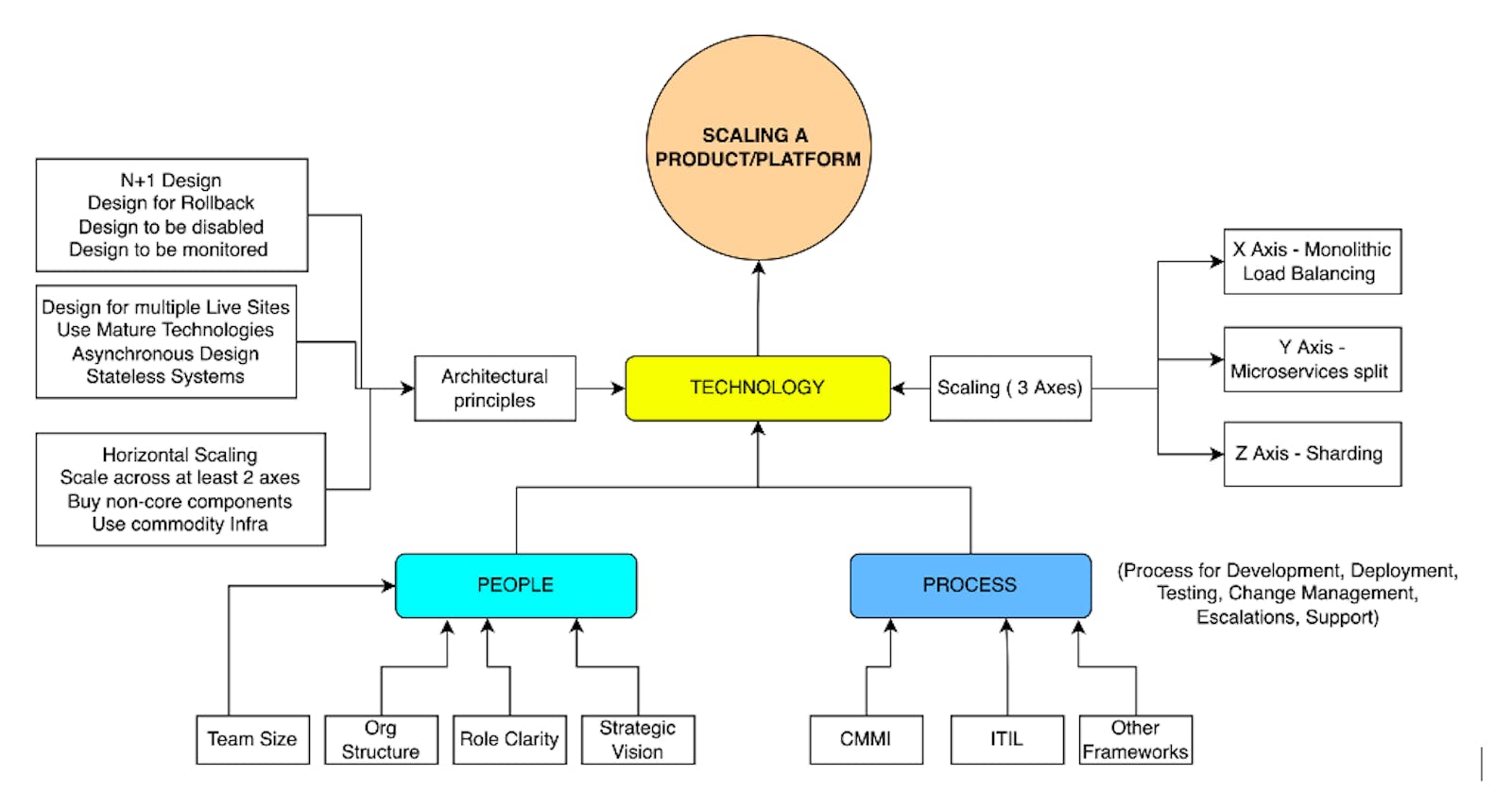Scalability in Software Engineering: How to Build Systems That Grow With Your Business
As businesses grow and evolve, so do their software needs. What worked for a startup with a handful of employees may not be sufficient for a company with hundreds or thousands of employees. This is where scalability comes in. Scalability in software engineering refers to the ability of a system to handle increasing amounts of work as the system grows. In this article, we'll explore the key principles of scalability in software engineering and how to build systems that can grow with your business.
Principle 1: Modular Design
Modular design is the foundation of scalability in software engineering. A modular system is made up of independent components that can be added, removed, or updated without affecting the rest of the system. This allows a system to be easily extended as the business grows, without requiring a complete overhaul of the entire system.
To build a modular system, it's important to identify the different components that make up the system and how they interact with each other. This can be done through a process called modularization, where the system is divided into smaller, more manageable parts. Each module should have a clearly defined responsibility and interface, making it easy to swap out one module for another if needed.
Principle 2: Scalable Architecture
In addition to a modular design, a scalable system needs a scalable architecture. A scalable architecture can handle increasing amounts of traffic and data without slowing down or crashing. This requires careful consideration of the hardware and software components that make up the system.
One key element of a scalable architecture is load balancing. Load balancing distributes incoming requests across multiple servers, ensuring that no single server becomes overwhelmed with traffic. Another important element is caching. Caching involves storing frequently accessed data in memory, reducing the need to retrieve the data from disk every time it's needed.
Principle 3: Automation
As a system grows, manual processes can quickly become unmanageable. That's why automation is another key principle of scalability in software engineering. Automation involves using software tools to automate repetitive tasks, such as deployment, testing, and monitoring.
Automating these tasks not only saves time and reduces errors, but also makes it easier to scale the system. For example, automating deployment means that new code can be deployed to production quickly and consistently, without requiring manual intervention.
Principle 4: Monitoring and Analytics
Finally, a scalable system needs robust monitoring and analytics capabilities. Monitoring involves tracking key performance indicators (KPIs) to ensure that the system is running smoothly. Analytics involves using data to gain insights into how the system is being used and where improvements can be made.
Effective monitoring and analytics require the right tools and processes. For example, a monitoring tool like New Relic can provide real-time insights into the health of a system, while a log analysis tool like Loggly can help identify issues and troubleshoot problems.
Conclusion
Scalability is a critical factor in software engineering. Building scalable systems requires a modular design, scalable architecture, automation, and robust monitoring and analytics capabilities. By following these principles, you can build systems that can grow with your business, ensuring that your software can keep pace with your evolving needs.

